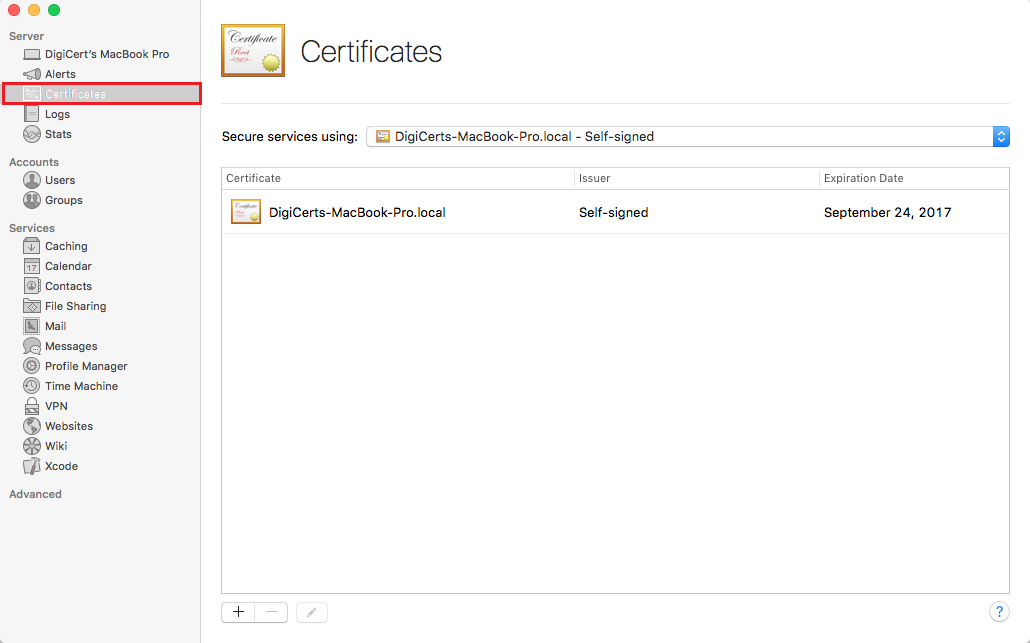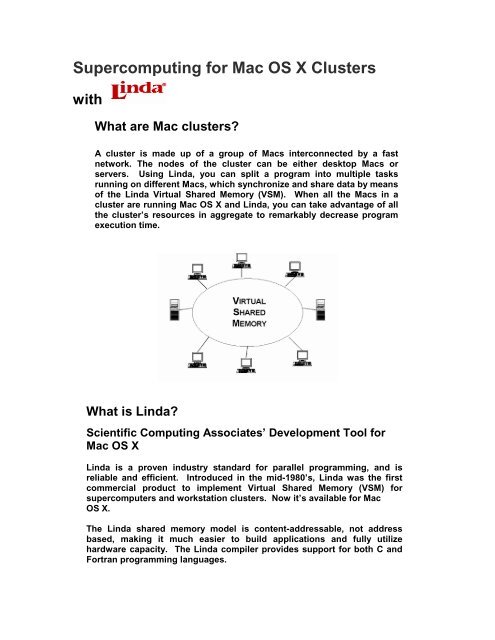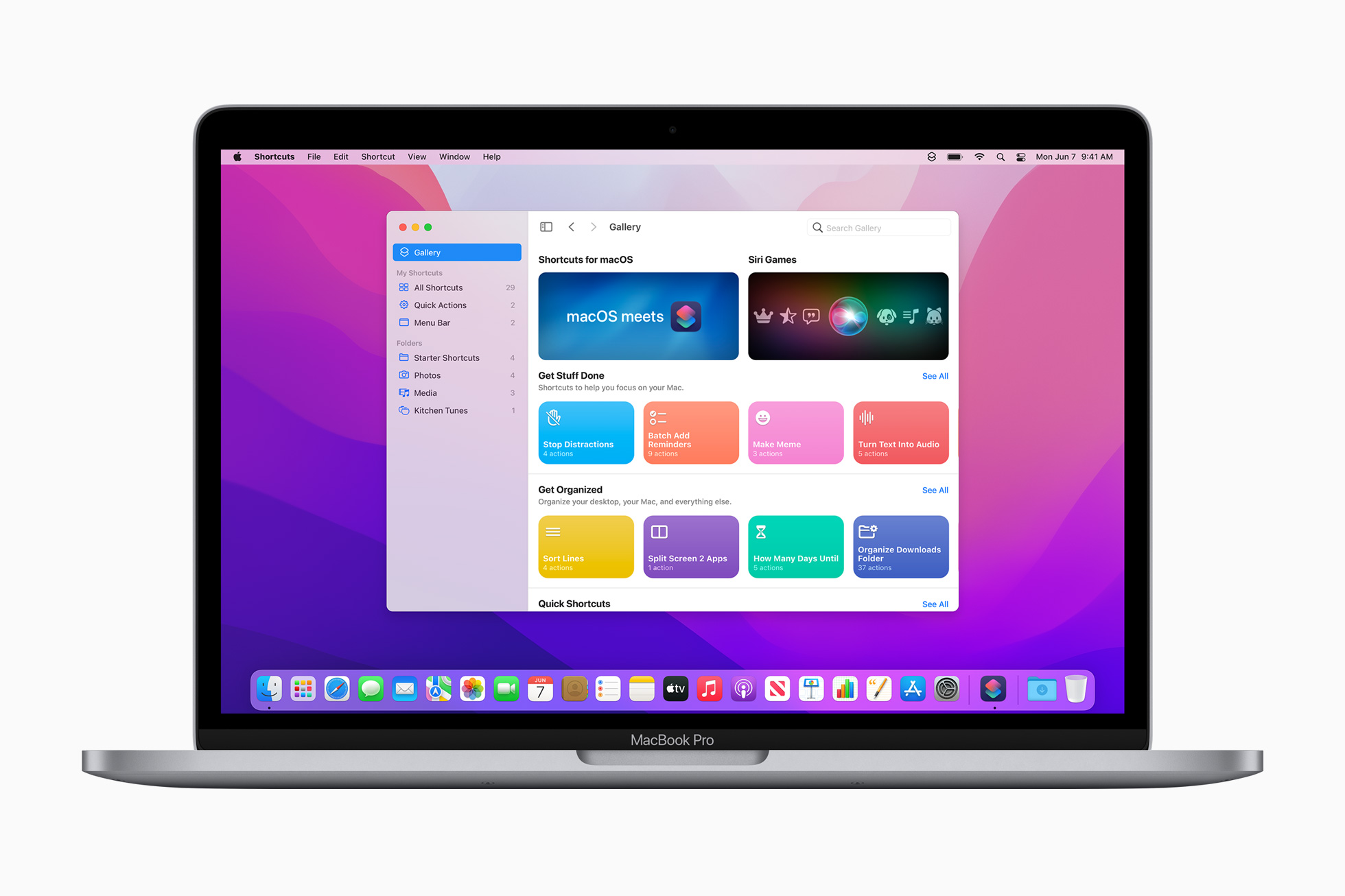
- #MAC OS X PROGRAMMING USING NUMBERS MAC OS X#
- #MAC OS X PROGRAMMING USING NUMBERS MAC OS#
- #MAC OS X PROGRAMMING USING NUMBERS PDF#
With the purchase of NeXT in late 1996, Apple developed a new operating system strategy based largely on the existing OpenStep platform. By the mid-1990s, most Mac software was written in C++ using CodeWarrior. Over time, a number of object libraries evolved on the Mac, notably the Object Pascal library MacApp and the Think Class Library (TCL) in Pascal, and later versions of MacApp and CodeWarrior's PowerPlant in C++. Much of the Macintosh Toolbox consisted of procedure calls, passing information back and forth between the API and program using a variety of data structures based on Pascal's variant record concept.
#MAC OS X PROGRAMMING USING NUMBERS MAC OS#
The original Mac OS used Pascal as its primary development platform, and the APIs were heavily based on Pascal's call semantics.
#MAC OS X PROGRAMMING USING NUMBERS MAC OS X#
"Carbonized" application Adobe Systems ImageReady v.7.0 running directly on Mac OS X version 10.2 Classic Mac OS programming

Apple did not create a 64-bit version of Carbon while updating their other frameworks in the 2007 time-frame, and eventually deprecated the entire API in OS X 10.8 Mountain Lion, which was released on July 24, 2012. As the market has increasingly moved to the Cocoa-based frameworks, especially after the release of iOS, the need for a porting library was diluted. With the release of macOS 10.15 Catalina, the Carbon API was officially discontinued and removed, leaving Cocoa as the sole primary API for developing macOS applications.Ĭarbon was an important part of Apple's strategy for bringing Mac OS X to market, offering a path for quick porting of existing software applications, as well as a means of shipping applications that would run on either Mac OS X or the classic Mac OS. Developers could use the Carbon APIs to port (“carbonize”) their “classic” Mac applications and software to the Mac OS X platform with little effort, compared to porting the app to the entirely different Cocoa system, which originated in OPENSTEP. Carbon provided a good degree of backward compatibility for programs that ran on Mac OS 8 and 9. at the Wayback Machine (archived April 20, 2009)Ĭarbon was one of two primary C-based application programming interfaces (APIs) developed by Apple for the macOS (formerly Mac OS X and OS X) operating system. Files will automatically update in their real location within the WebServer directory.Application programming interface (API) Carbon Developer(s)
#MAC OS X PROGRAMMING USING NUMBERS PDF#
For example, create file folder aliases for folders containing pdf copies of bills or receipts, for examples, and place them in your Documents folder for easy access to add/delete/modify those files within one's normal organization or workflow.

To keep documents organized in their proper places, create aliases to the files in the WebServer Directory and place them where one would normally keep the file. Link this file to an entry in Numbers by highlighting the entry in the cell, then create a hyperlink in Numbers' Inspector by checking the 'Enable Hyperlink' box and in the 'Link to:' box type ' That's it. Then add files to /Library/WebServer/Documents folder.


An Apache message should appear confirming your Websever is functioning. Test that the server is working by typing 'localhost' into the URL box of a web browser. I work around this by serving the files on my local machine using Mac OS X's built-in Apache Web server.įirst, turn on System Preferences » Sharing » Web Sharing. One drawback preventing me from switching over completely to Numbers from Excel is its inability to create hyperlinks to local files.


 0 kommentar(er)
0 kommentar(er)
